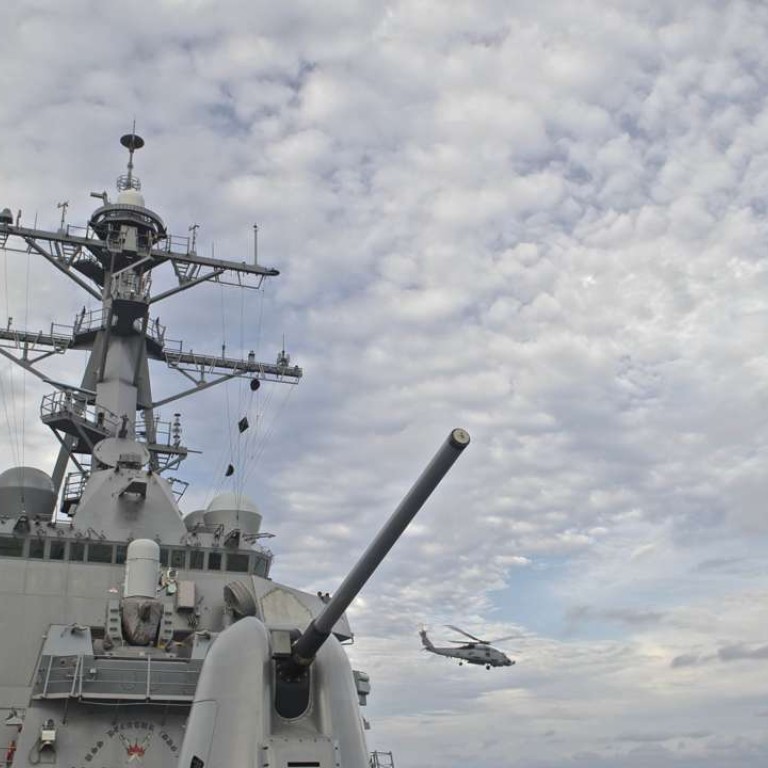
US Navy exercise in South China Sea is dangerous and provocative
When dust settles from the contentious American election, new president will have to show greater sensitivity in dealing with disputes far from US borders
The avoidance of misunderstanding has long been key to peace and stability in the South China Sea. The latest “freedom of navigation” exercise by the US Navy in disputed waters did not serve this purpose. Rather, the timing and the circumstances of a warship’s patrol off the Paracel Islands on Friday understandably upset China and brought a very strong reaction from Beijing.
What US officials described as a challenge to “excessive maritime claims” near Triton and Woody islands cannot be discussed in isolation from the visit to Beijing by the Philippines’ new leader, President Rodrigo Duterte, for talks in which the two sides decided to put the South China Sea dispute behind them and move forward.
As a key ally of Manila in its territorial dispute with China, the United States has said its role was to support the Philippines as a neutral player without territorial claims, concerned only to ensure innocent maritime passage and navigation rights and that no conflicts arose from the use of force to claim territory. In this respect the Pentagon says Friday’s exercise in showing the flag was long planned.

But the timing would have been ironic if it was not so troubling. Duterte’s trip to Beijing, after all, had also been long planned, and his mission to defuse maritime tensions inflamed by an international tribunal ruling against Beijing’s claims widely reported. There was no danger of conflict breaking out at such a time. As for safety of navigation, the South China Sea, unlike troubled waters in other parts of the world, is not known for piracy or interception and hijacking of shipping.
This removes the two strongest rationales for sending a warship into disputed waters. It is therefore hard not to see this action, even as Manila and Beijing were seeking to reach agreement on practical steps to de-escalate tensions and avoid misunderstandings, as provocative.
That said, if as some suspect the White House has been preoccupied with pre-election domestic politics and flashpoints of tension in the Middle East, the Pentagon could have taken advantage, as it were, to send a message that reflects the US Navy’s well-known and more hardline stance about how to handle the South China Sea dispute. Beijing needs to bear in mind that the warship exercise does not necessarily represent the US government stance. Nonetheless, it remains a provocation that sends dangerous signals to China and is therefore a sensitive issue that will demand careful handling by the next US president.

